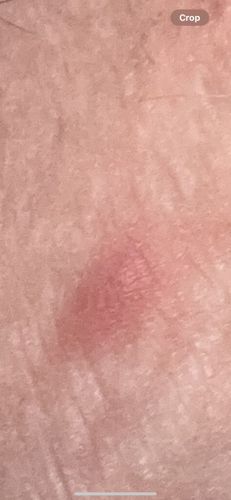Bed Bug
Scientific Name: Cimex lectularius
Order & Family: Hemiptera, Cimicidae
Size: Adult bed bugs are typically 4-5 mm (0.16-0.20 inches) long, similar in size and shape to an apple seed. Nymphs are smaller and translucent.

Natural Habitat
Bed bugs are found worldwide and typically inhabit human dwellings. They tend to hide in mattresses, bed frames, box springs, headboards, and other furniture near sleeping areas. They can also be found in cracks in walls, under wallpaper, behind electrical outlets, and in luggage.
Diet & Feeding
Bed bugs are hematophagous, meaning they feed exclusively on the blood of warm-blooded animals, primarily humans. They use a stylet, a piercing-sucking mouthpart, to draw blood.
Behavior Patterns
Bed bugs are primarily nocturnal, hiding in cracks and crevices during the day and emerging at night to feed. They are attracted to warmth and carbon dioxide. Females lay eggs singly or in small clusters, typically depositing them in secluded spots within the hiding places. They can survive for several months without feeding, especially in cooler temperatures.
Risks & Benefits
Potential risks include itchy red welts due to allergic reactions to their bites, sleep deprivation, and secondary skin infections from scratching. They are not known to transmit diseases to humans. There are no known direct benefits of bed bugs to ecosystems.
Identified on: 9/4/2025